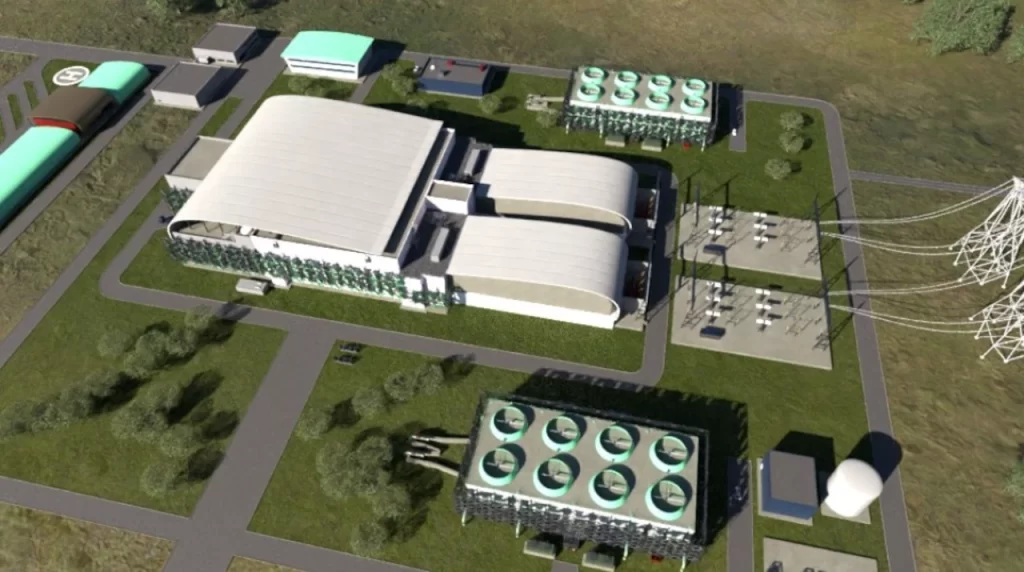The Department of Atomic Energy of India and the French energy corporation EDF may sign an agreement on Small and Medium Reactors (SMR) during French President Emmanuel Macron’s visit to New Delhi this week. According to Bloomberg, the company’s CEO, Luke Remon, is part of the French delegation.
On March 30, 2023, the EDF group announced the formation of a new subsidiary, Nuward. This subsidiary is responsible for constructing and selling the same-named small modular nuclear reactor, scheduled to be commissioned in 2035. For over a year, EDF has been developing a preliminary design for a compact reactor for mass production. Establishing this subsidiary represents a new important milestone in the project: the transfer to the “basic design” phase.
Based on pressurised water technology, the planned Small Modular Reactor (SMR) will have a capacity of 170 megawatts (MW). The reactors will be deployed in pairs to build a 340-MW mini-power plant.
India ranks third in terms of carbon dioxide emissions. The country intends to expand the use of nuclear energy over the next decade. New Delhi is thus aiming to achieve decarbonisation goals and meet the growing energy demand.
Nuward is designed to replace the world’s existing coal, oil, and gas power stations, emitting substantial amounts of CO2. This subsidiary’s Small Modular Reactor (SMR) will also enable new uses such as hydrogen production, urban heating, industrial heat, and desalination.

Russia and the United States have already proposed joint work on SMRs to India. This issue was raised during talks between the US President and the Indian Prime Minister in 2023.
During his December 2023 visit to Russia, India’s Foreign Minister Subrahmanyam Jaishankar discussed the development of cooperation in small modular nuclear reactors. New Delhi and Moscow want to expand civil nuclear cooperation. Russia is ready to share technologies for creating small modular reactors used for electricity production ranging from 75 MW to 300 MW.
The International Atomic Energy Agency (IAEA) grades power units as “small”, exceeding 300 megawatts (MW), while power units below 700 MW are classified as “medium.” They are referred to collectively by the International Atomic Energy Agency (IAEA) as Small Medium Reactors. Conversely, the acronym SMR is commonly employed to denote “small modular reactor,” a structure designed for sequential construction. Furthermore, a subcategory of extremely small reactors, referred to as ASMR, comprises installations with a power output of no more than 15 megawatts and are specifically engineered for operation in highly isolated regions.
Twenty-two operational nuclear reactors are housed in seven nuclear power facilities in India; seven additional generating units are under construction, excluding reactors under development at research centres. India ranks second globally, behind China, regarding the total number of nuclear power units under construction at any given time.
India intends to use modular reactors with a maximum capacity of 300 MW for its energy needs. One key differentiation among these reactors is that, unlike high-power reactors, which are constructed on-site, the reactor for these reactors is assembled wholly at the facility and subsequently transported to its designated operational site. This process significantly streamlines the logistical aspects of construction. Small reactors have several benefits over large reactors, including design flexibility, space requirements reduction, substantial cost savings, and accelerated construction periods, all while maintaining a high level of safety.
Over 70 to 80 SMR and Advanced Modular Reactor (AMR) projects coexist, primarily in the United States, Canada, and Russia.

